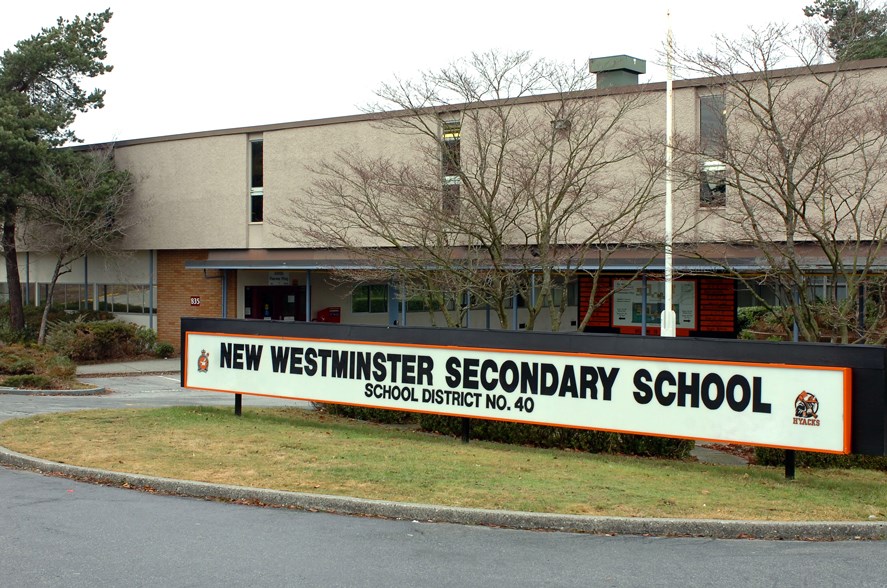A group opposing the New Westminster Secondary School replacement project is calling for the resignation of Education Minister Mike Bernier in light of the project’s funding approval this week.
Canadians for Reconciliation Society, a Vancouver-based Chinese Christian society that works to promote reconciliation with Canada’s indigenous peoples and to raise awareness of the histories of minority communities in B.C., released a statement Tuesday afternoon asking Bernier to step down.
In the statement, Bill Chu, CEO of the society, criticized Bernier “for setting the wrong example to the next generation in funding the desecration of a un-decommissioned (sic) cemetery.”
“As the announcement is no more than another pre-election goody which played New Westminster parents (who deserve to have a new secondary school at a proper site) against the many stakeholder groups of the cemetery site, British Columbians should remember this government’s travesty in democracy in the upcoming provincial election,” the statement read.
From 1860 to 1920, the New Westminster Secondary School site was the final resting place for the poor, prisoners, stillborn babies and mentally ill patients from Woodlands and Essondale (later Riverview). The land was also used by Chinese, Sikh and First Nations communities to bury their dead.
Eight years ago, it was revealed that Tsilhqot’in Chief Ahan might have been buried at the Douglas Road Cemetery after he was executed in 1865 in New Westminster. This was later disproven in a study that showed the chief was actually more likely to have been buried at a site near the old courthouse.
The cemetery site, which was never properly decommissioned by the City of New Westminster before the land was sold to the school district, is believed to cover about 14 acres, extending south from 10th Avenue to Dublin Street along Eighth Street.
According to research done as part of the New Westminster Secondary School capital project report, the majority of the cemetery lies below the Pearson wing of the school, including the two acres of land used by the Chinese community as a cemetery.
Chu and his organization are concerned the new high school construction will “desecrate” the burial ground, but Bernier is adamant the replacement school will not be built on any of the cemetery land and will, instead, honour the people whose remains lie under the existing school.
“When we look at the school behind me, the school was built on the final resting place of some people. In 1949, a historical wrong was committed. Today’s announcement is not just about bricks and mortar, it’s not just about the students that we have in front of us that are going to have a great educational system to learn in, it’s also about correcting that wrong,” Bernier said.
Construction of the new high school will be monitored by an archeologist to ensure proper protocol is followed in the event remains are unearthed.
There will also be a stakeholder advisory committee to engage with several key groups, including First Nations and the Chinese population. The committee will be led by Minister of International Trade Teresa Wat, who is also responsible for Asia Pacific strategy and multiculturalism, Bernier noted.
To find another site in the city would be too difficult, he said, adding that because of the size of the City of New Westminster, the land needed for such a high school just isn’t available.
But not all stakeholders are upset with the announcement.
Hilbert Yiu, president of the Chinese Benevolent Association of Vancouver, was optimistic the project will engage all groups as it progresses.
“This parcel of land has a very rich and complex history. We are encouraged to learn that the new school building will not be built over any former burial sites. We also welcome plans for broad community consultations and look forward to contributing to that process,” Yiu said in a press release.
The new high school is scheduled to open December 2019.



